See ios 11 custom navbar goes under status bar / ios 11 navigation bar overlap status bar for an answer
Not sure if this is the same issue, but we ran into this as well when upgrading to iOS 11.
See ios 11 custom navbar goes under status bar
We were manually setting nav bar height to 64 and pinning to the superview edges. Conforming to the UINavigationBarDelegate protocol and implementing the UIBarPositioningDelegate delegate method solved it for us.
We replaced
navigationBar.autoPinEdgesToSuperviewEdgesExcludingEdge(.bottom)
navigationBar.autoSetDimension(.height, toSize: 64)
with
...
if #available(iOS 11.0, *) {
navigationBar.topAnchor.constraint(
equalTo: self.view.safeAreaLayoutGuide.topAnchor
).isActive = true
} else {
navigationBar.topAnchor.constraint(
equalTo: topLayoutGuide.bottomAnchor
).isActive = true
}
navigationBar.autoPinEdge(toSuperviewEdge: .left)
navigationBar.autoPinEdge(toSuperviewEdge: .right)
navigationBar.delegate = self
...
public func position(for bar: UIBarPositioning) -> UIBarPosition
return .topAttached
}
This is using the purelayout DSL for some of the autolayout calls (https://github.com/PureLayout/PureLayout)
Credit goes to https://stackoverflow.com/users/341994/matt for an answer
